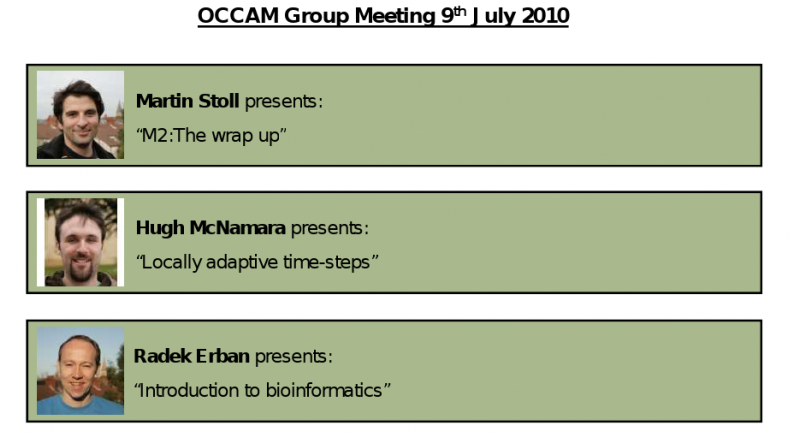We have recently found a way to describe large-scale neural
activity in terms of non-equilibrium statistical mechanics.
This allows us to calculate perturbatively the effects of
fluctuations and correlations on neural activity. Major results
of this formulation include a role for critical branching, and
the demonstration that there exist non-equilibrium phase
transitions in neocortical activity which are in the same
universality class as directed percolation. This result leads
to explanations for the origin of many of the scaling laws
found in LFP, EEG, fMRI, and in ISI distributions, and
provides a possible explanation for the origin of various brain
waves. It also leads to ways of calculating how correlations
can affect neocortical activity, and therefore provides a new
tool for investigating the connections between neural
dynamics, cognition and behavior


